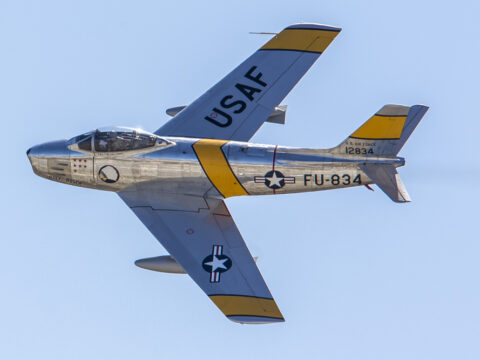Innovation has long been a hallmark of the American automotive industry, with a number of vehicles introducing features that would go on to change the face of car design and technology. Here’s a list of 13 of the most innovative American cars, along with the details that cement their status in automotive history.
Contents
Ford Model T (1908)
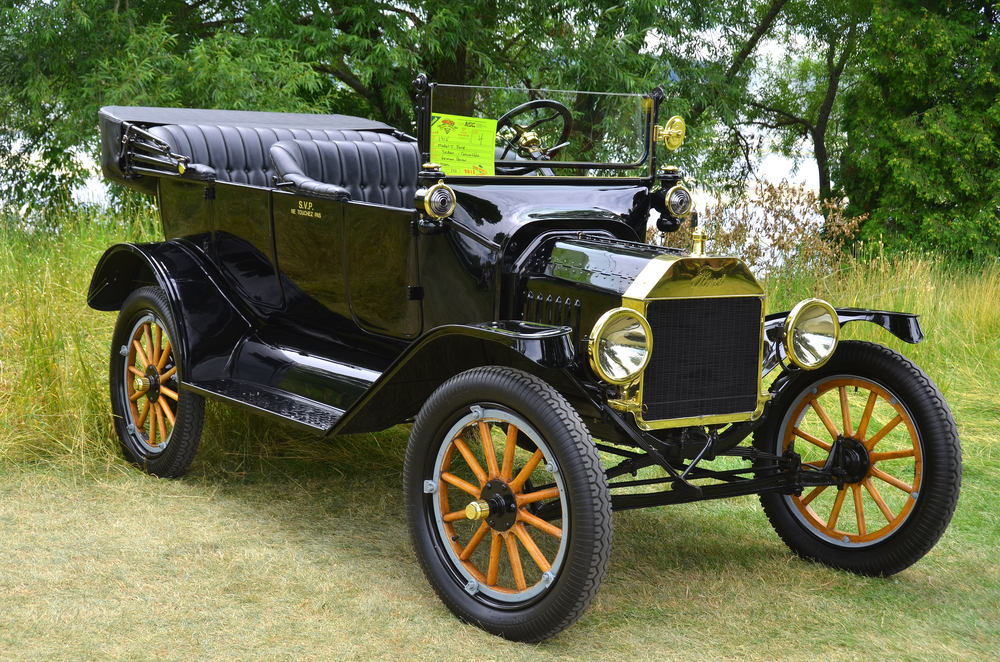
The Ford Model T is not just an iconic American car; it’s a symbol of the industrial age. Introduced in 1908, it was the first automobile mass-produced on moving assembly lines with completely interchangeable parts, marketed to the middle class. This production innovation drastically reduced costs, making it the first affordable automobile and effectively putting America on wheels. A lesser-known fact is that the Model T’s engine was also versatile, capable of running on gasoline, kerosene, or ethanol.
Oldsmobile “Curved Dash”
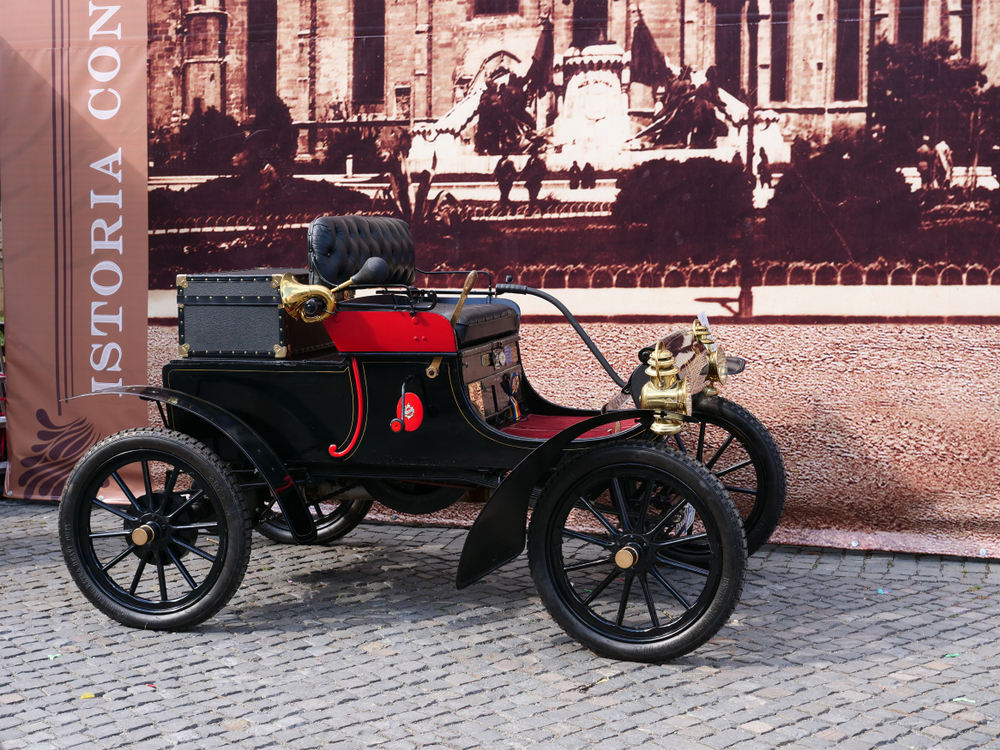
The Curved Dash Oldsmobile is often regarded as the first mass-produced car. Built from 1901 to 1907, it was the first car to be produced using Ransom E. Olds’ pioneering stationary assembly line process, which predates Henry Ford’s moving assembly line. This process significantly lowered the price of the Curved Dash, making it the first economically priced automobile available to the broad public.
Chevrolet Corvette
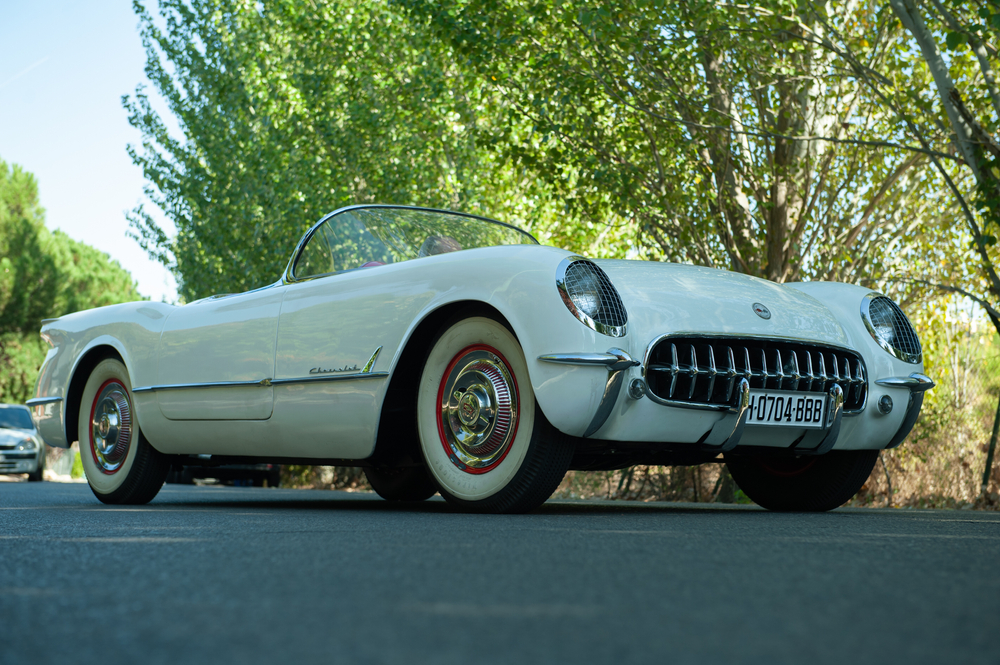
The Chevrolet Corvette introduced fiberglass body construction to the American sports car market. Debuting in 1953, it was one of the first cars to employ this lightweight material for its entire bodywork, improving performance and handling. The Corvette would also go on to be a pioneer of fuel injection with the “Rochester” mechanical injection system in the 1957 model.
Tesla Model S
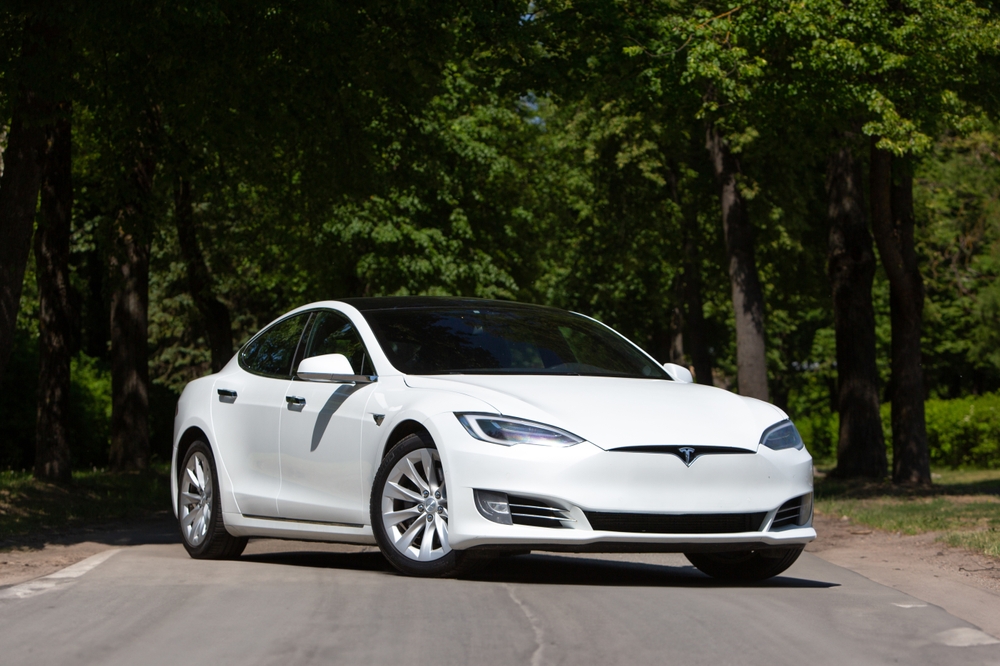
The Tesla Model S, introduced in 2012, revolutionized the electric vehicle (EV) market with its unprecedented range and performance. Its all-electric powertrain and battery provided a range of over 200 miles on a single charge at a time when most EVs struggled to break 100 miles. The Model S also introduced over-the-air updates for its software, allowing for continual improvement of vehicle performance and features after the car had been purchased.
Cadillac Type 53 (1916)
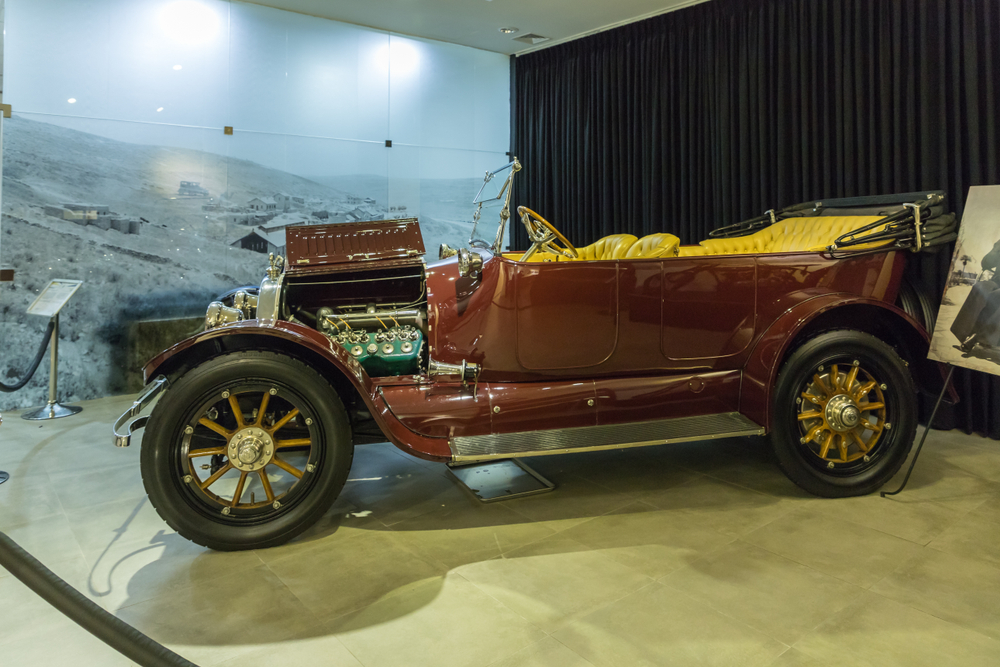
The Cadillac Type 53 was the first car to use the modern layout of controls and pedals with a central gear shift, throttle, and starter. This layout would become standard by the late 1930s and is still used today. This innovation made the car much easier to operate, signaling a significant step forward in automotive design.
Chrysler Airflow (1934)
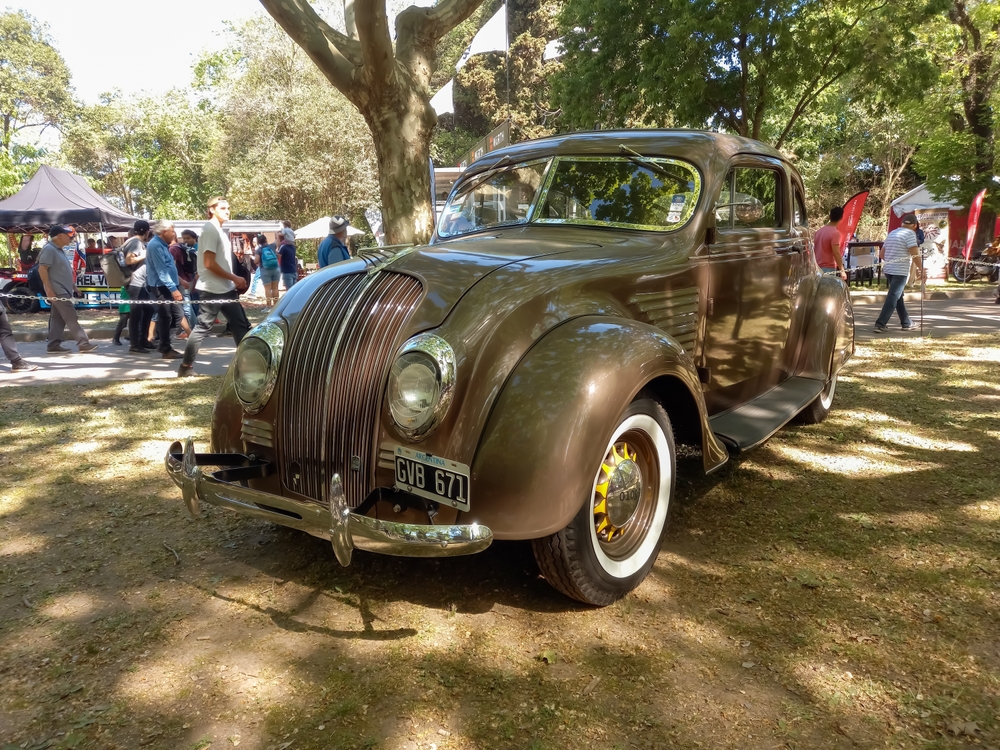
The Chrysler Airflow was one of the first cars designed using aerodynamic principles. Its structure was also innovative, with a steel body welded to a steel space frame, which provided increased rigidity and protection in a collision. Despite being a commercial failure, it set new standards for automotive engineering and design.
Ford Mustang
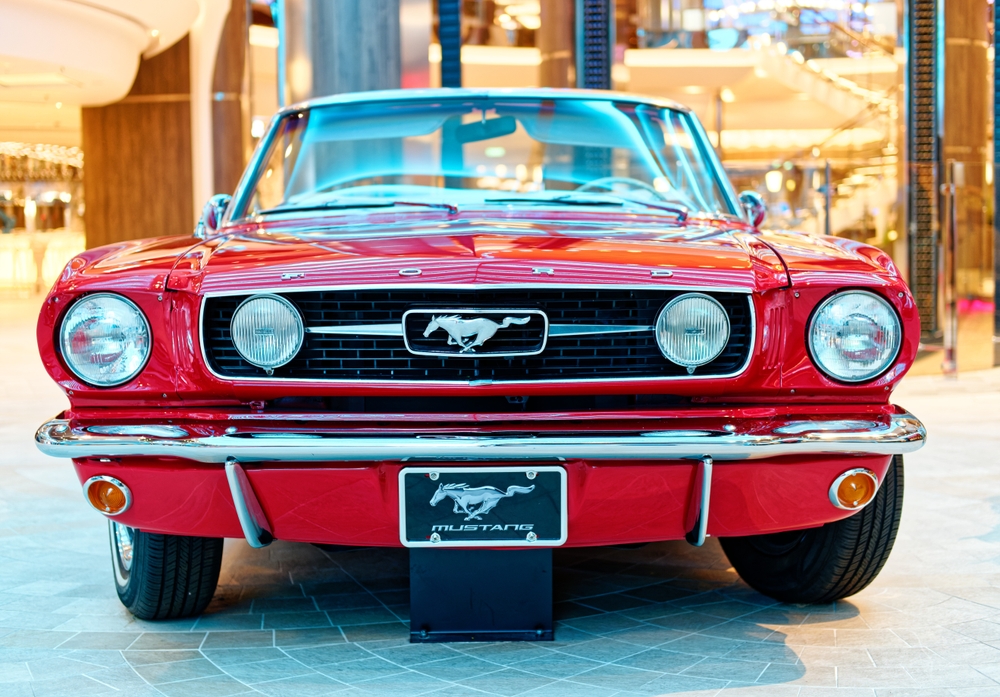
The introduction of the Ford Mustang in 1964 created the “pony car” class of American muscle cars — affordable, compact, stylish, and sporty. The Mustang’s long hood and short deck design became a template for the muscle car era. It was also one of the first cars to offer a wide range of customization options directly from the factory.
AMC Eagle

The AMC Eagle is often considered the ancestor of the modern crossover. Introduced in 1980, it was the first mass-produced four-wheel-drive passenger car. With the Eagle, AMC combined the comfort and handling of a car with the off-road capability of a truck-based SUV, which was a novel idea at the time.
Tucker 48 (1948)
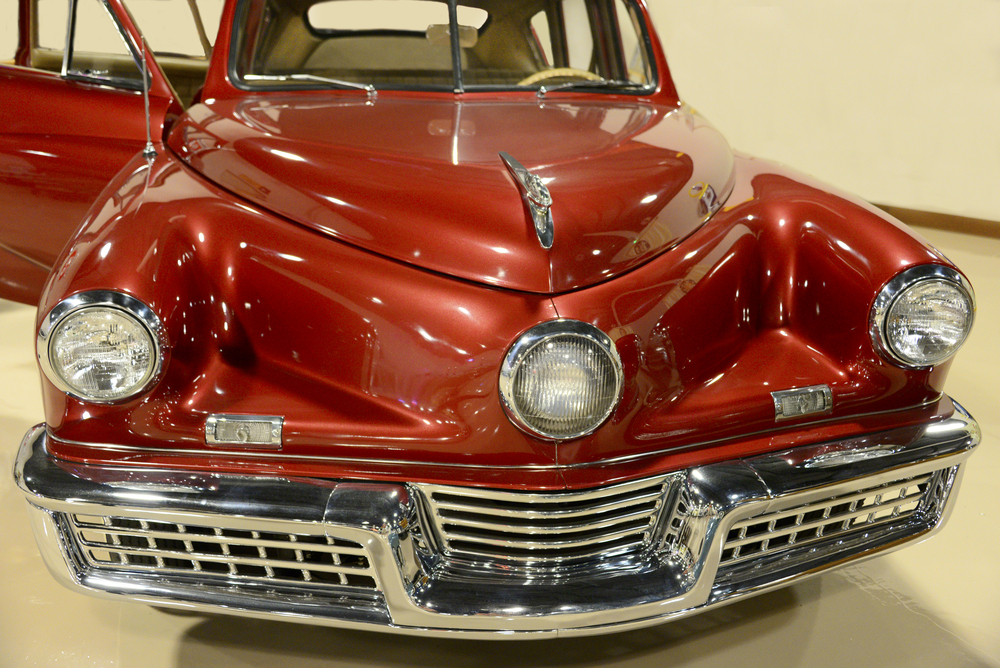
The Tucker 48, also known as the Tucker Torpedo, was ahead of its time with features such as a rear-mounted flat-6 aluminum engine, disc brakes, a padded dashboard, self-sealing tubeless tires, and independent four-wheel suspension. Its most distinctive feature was a centered swiveling third headlight that would turn with the steering wheel.
This article originally appeared on MyCarMakesNoise.
More from MyCarMakesNoise
The 25 Worst-Selling Cars in American History

While many cars have become icons of innovation and style, like the Mustang, Corvette, and Model T, others have famously flopped. Read More.
The Top 10 Motorcycle Brands Around the Globe

This article journeys through the legacy and lore of these iconic brands, exploring their genesis, evolution, and the indelible imprint they leave on the open road. Read More.
Celebrating America`s 11 Greatest Muscle Cars Ever Made
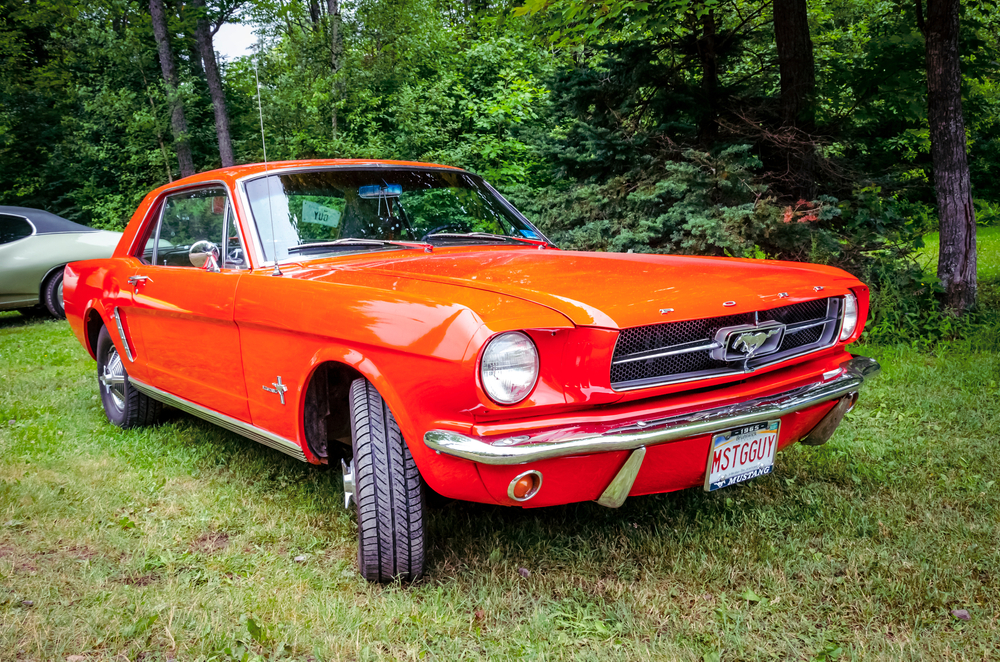
These legendary machines have left an indelible mark on automotive history, from their aggressive designs to thunderous engines. Read More.


